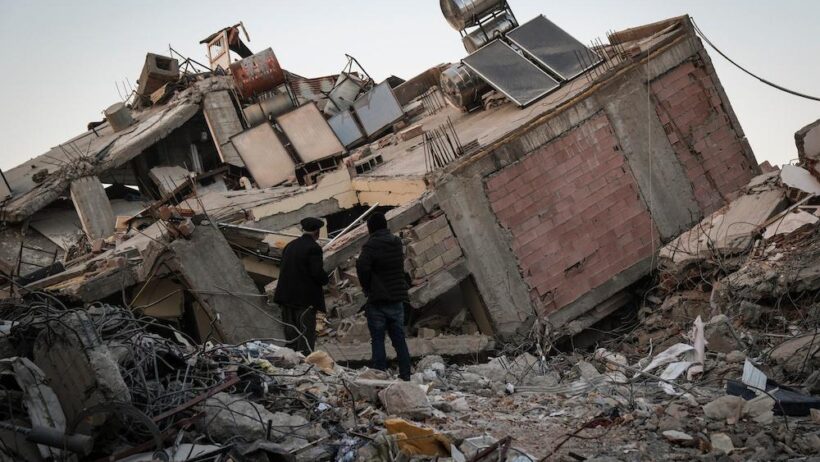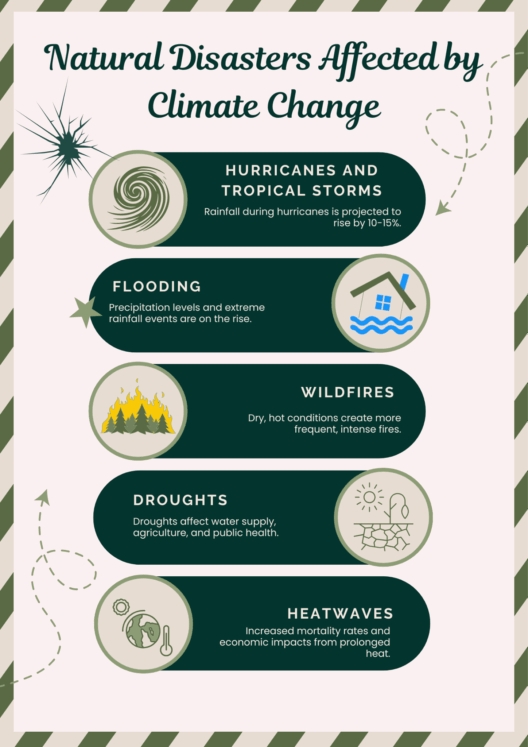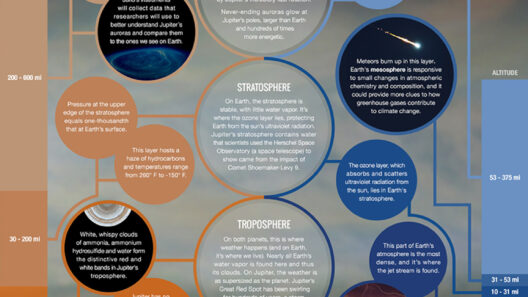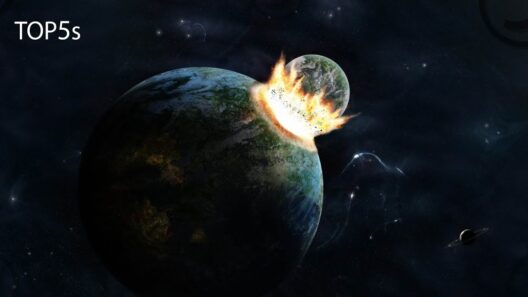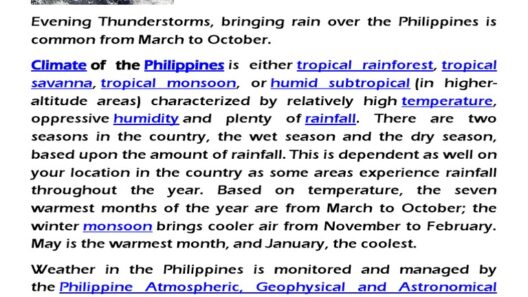In the discourse surrounding climate change, the topic of earthquakes often emerges, intertwining geological phenomena with environmental concerns. Are earthquakes merely natural events, or can they be influenced by the ongoing climate crisis? The prevailing scientific consensus posits that while the mechanisms of earthquakes are fundamentally geological—rooted in the movement of tectonic plates—there are nuanced connections to climate change that warrant further exploration.
To approach this question, it’s essential to elucidate the basic principles of both earthquakes and climate change. Earthquakes are caused by the sudden release of energy in the Earth’s crust, usually due to stress accumulation from tectonic activity. Conversely, climate change involves alterations in global weather patterns, primarily driven by human activities that increase greenhouse gas concentrations, thus affecting the atmospheric and hydrospheric states.
It is a common observation that significant climatic events can have downstream effects on geological activities. For instance, glacial melting due to rising temperatures can reduce the pressure on tectonic faults, potentially triggering seismic activity. This phenomenon is particularly observable in regions with substantial glacial coverage, such as Scandinavia or parts of North America. The idea here is that as glaciers recede, the Earth’s crust can respond dynamically, allowing for movements that could lead to earthquakes.
This interaction between glacial processes and seismic activity intertwines with a larger argument regarding the anthropogenic impact on natural systems. As the planet warms, glaciers worldwide are not merely melting at an accelerating rate; they are also contributing to rising sea levels. This sea-level rise could further destabilize coastal fault lines through increased pressure and water infiltration, possibly leading to increased earthquake frequency in certain geologically active areas.
Moreover, the relationship extends into other geological phenomena. For instance, volcanic activity, which can sometimes coincide with earthquakes, may also be influenced by climate change. The melting of ice caps may reduce pressure on magma chambers, potentially enhancing volcanic eruptions. This interplay widens the scope of environmental inquiry, revealing an intricate web of connections between anthropogenic climate dynamics and natural geological processes.
Nevertheless, the notion that climate change directly causes earthquakes remains contentious. The mechanisms of tectonic plate movement are primarily driven by forces deep within the Earth—forces that cannot be easily altered by surface-level atmospheric changes. Thus, while correlations can be drawn, causation remains complex and largely indirect.
Critically examining the argument further, we arrive at a juxtaposition between perception and scientific reality. The human tendency to attribute various natural disasters to perceived environmental degradation fuels a narrative that may not wholly align with geological facts. This fascination stems from an innate desire to comprehend and attribute meaning to chaotic events. In our quest for understanding, we may overlook the staggering time scales and geological processes that define the Earth’s crust and its movements.
Moreover, misinformation about climate change and its influences can foster fear and anxiety, exacerbating the public’s misunderstanding of geology. Claims suggesting that climate change is an unequivocal catalyst for increased seismic activity lean towards sensationalism rather than rooted scientific discourse. This misconception can detract focus from the urgent need to address the anthropogenic causes of climate change, which do indeed play a critical role in developing more significant environmental challenges like extreme weather patterns and habitat destruction.
In a world grappling with climate issues, the real concern lies in the indirect consequences of climate change that may exacerbate geological vulnerabilities over time. Increased rainfall and resultant flooding, altered vegetation cover due to shifting climatic zones, and even extensive land-use changes can all influence sediment stability and slope failures, leading to landslides—an associated risk that mirrors the chaotic nature of earthquakes.
Addressing climate change effectively requires a multifaceted approach, encapsulating environmental policy, sustainable practices, and community preparedness. The complexities of geology should encourage a focus on scientific rigor rather than mere fascination. While speculating about links between climate change and earthquakes could intrigue the public, it is imperative to distinguish clear scientific narratives from sensational interpretations.
Ultimately, the relationship between climate change and geological phenomena like earthquakes is emblematic of a larger struggle: the need for informed public discourse amidst complex environmental realities. The fascination lies in our attempts to connect disparate events, to find meaning in chaos. Yet, this pursuit must be tempered by a commitment to understanding Earth’s natural history—a history shaped by millennia of geological time, largely indifferent to human activities. The reality may not lie in clear causation but rather in a shared responsibility to contend with the consequences of our impact on the planet.
In summary, while climate change and earthquakes exist within a convoluted framework of interactions, simplistic causal assertions misrepresent the geological complexities involved. The greater dialogue should pivot towards fostering resilience against climate-induced changes, rather than attributing seismic phenomena directly to climatic shifts. Acknowledging the roots of both geological and climatic processes allows for a more nuanced appreciation of the Earth as a dynamic entity, where both nature and human influence interlace in intricate patterns, shaping the future we inhabit.



